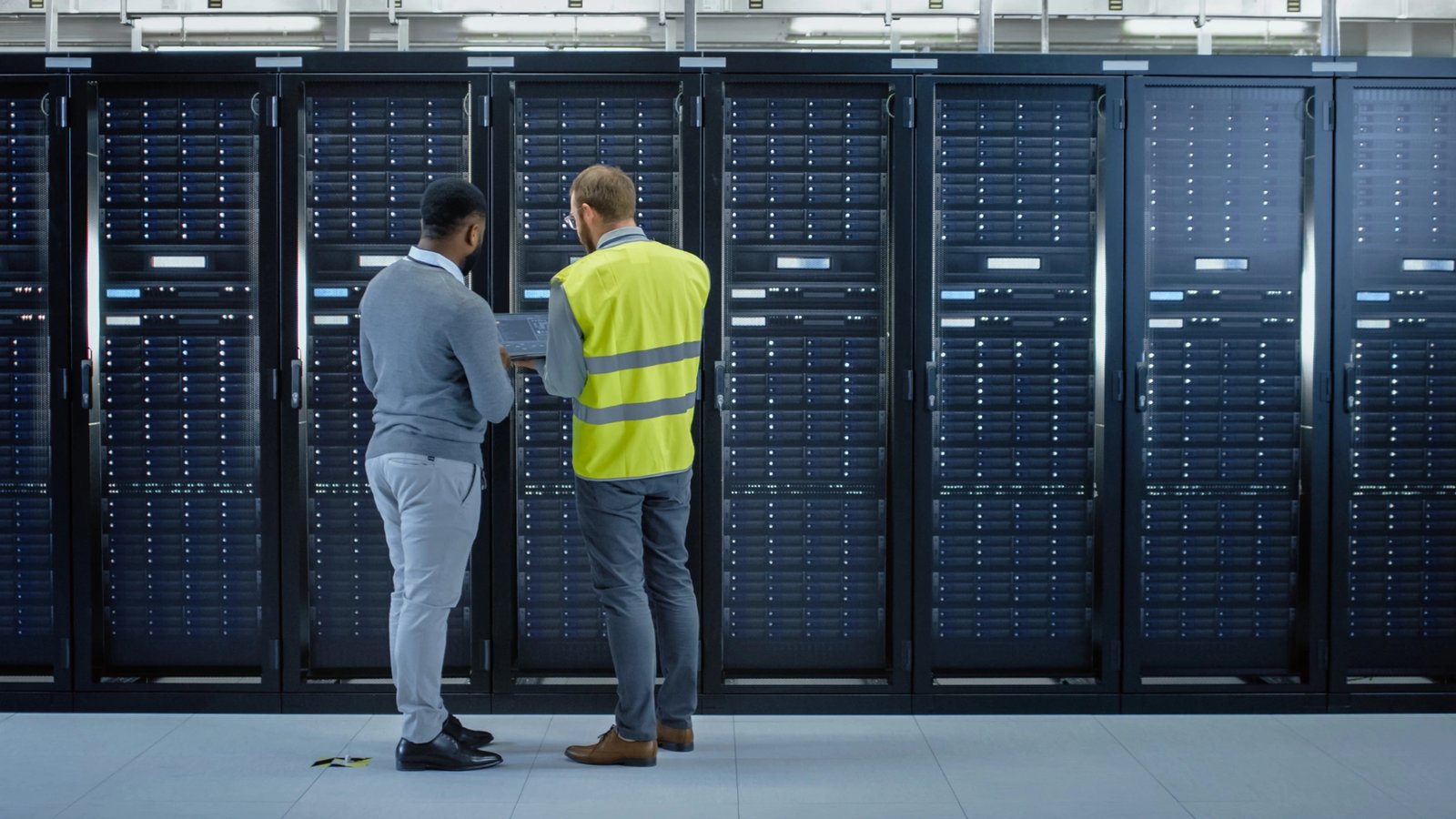In today’s cloud-driven world, businesses rely on fast, secure, and reliable connections to platforms like Amazon Web Services (AWS) and Microsoft Azure. While Direct Connect (AWS) and ExpressRoute (Azure) provide dedicated private links to the cloud, the Customer Premises Equipment (CPE) serves as the critical on-ramp that bridges your enterprise network to these high-performance cloud backbones.
But why does CPE matter so much? And how does it enhance your AWS/Azure Direct Connect experience? In this article, we’ll break down the role of CPE in cloud connectivity, its benefits, and best practices for deployment—helping you optimize performance, security, and cost-efficiency.
Why CPE is the Unsung Hero of Cloud Connectivity
When enterprises set up AWS Direct Connect or Azure ExpressRoute, the focus is often on the cloud-side configuration. However, the CPE (Customer Premises Equipment)—typically a router or network device installed at your data center or office—plays a pivotal role in ensuring a smooth, low-latency connection.
1. What is CPE in the Context of Direct Connect?
CPE refers to the physical or virtual networking device that connects your on-premises infrastructure to a cloud provider’s Direct Connect or ExpressRoute port. This could be:
- A dedicated router (e.g., Cisco ASR, Juniper MX)
- A virtual CPE (vCPE) for software-defined networking (SDWAN)
- A managed CPE service from a network provider
Without a properly configured CPE, even the fastest Direct Connect link can suffer from bottlenecks, misconfigurations, or security vulnerabilities.
2. How CPE Enhances AWS/Azure Direct Connect Performance
- Reduces Latency: By providing a direct, private link, CPE minimizes the hops between your network and the cloud.
- Improves Reliability: Unlike public internet connections, CPE ensures consistent bandwidth without congestion.
- Strengthens Security: Private connections bypass the public internet, reducing exposure to DDoS attacks and eavesdropping.
- Simplifies BGP Routing: CPE devices handle Border Gateway Protocol (BGP) peering, ensuring optimal path selection to AWS/Azure.
Choosing the Right CPE for AWS/Azure Direct Connect
Not all CPE solutions are created equal. Depending on your business needs, you may opt for:
1. Self-Managed CPE (DIY Approach)
- Pros: Full control over hardware and configurations.
- Cons: Requires in-house networking expertise; higher maintenance overhead.
2. Managed CPE Services (Outsourced Solution)
- Pros: Handled by cloud networking experts; includes monitoring, troubleshooting, and updates.
- Cons: Slightly higher cost but often justified by reduced downtime.
3. Virtual CPE (vCPE) for SD-WAN Flexibility
- Pros: Scalable, software-defined, and ideal for multi-cloud setups.
- Cons: May require additional security measures compared to physical appliances.
Pro Tip: If you’re using AWS Direct Connect or Azure ExpressRoute, consult with a managed network services provider to determine the best CPE setup for your workloads.
Best Practices for Deploying CPE with AWS/Azure Direct Connect
To maximize the benefits of CPE in your cloud connectivity strategy, follow these best practices:
1. Ensure High Availability (HA) with Redundant CPEs
- Deploy dual CPE devices in an active-passive or active-active setup.
- Use diverse physical paths to avoid single points of failure.
2. Optimize BGP Configurations
- Fine-tune BGP timers and route advertisements to prevent flapping.
- Implement route filtering to avoid unnecessary traffic over Direct Connect.
3. Monitor and Troubleshoot Proactively
- Use tools like AWS CloudWatch, Azure Monitor, or third-party solutions to track performance.
- Set up alerts for unusual latency spikes or packet loss.
4. Secure Your CPE End-to-End
- Apply firewall policies and Access Control Lists (ACLs) on CPE.
- Encrypt sensitive data even on private connections (e.g., IPsec tunnels).
Real-World Use Cases: CPE in Action
Case 1: Financial Services Firm Migrates to AWS with Managed CPE
A global bank needed low-latency, secure connectivity for its trading platforms. By deploying a managed CPE solution, they achieved:
- 99.99% uptime on AWS Direct Connect.
- 40% lower latency compared to VPN.
- Automated failover during network disruptions.
Case 2: Healthcare Provider Uses vCPE for HIPAA-Compliant Azure Connectivity
A hospital migrating to Azure ExpressRoute leveraged virtual CPE to:
- Maintain HIPAA compliance with encrypted private links.
- Scale bandwidth dynamically during peak EHR (Electronic Health Record) usage.
Final Thoughts: Is CPE the Missing Link in Your Cloud Strategy?
While AWS Direct Connect and Azure ExpressRoute provide the highway to the cloud, CPE is the on-ramp that ensures a smooth, high-speed entry. Whether you choose a self-managed, outsourced, or virtual CPE, the right setup can mean the difference between laggy, unreliable cloud access and seamless, enterprise-grade performance.
If you’re planning a Direct Connect or ExpressRoute deployment, don’t overlook CPE—partner with experts who can help you design, deploy, and manage it effectively.
